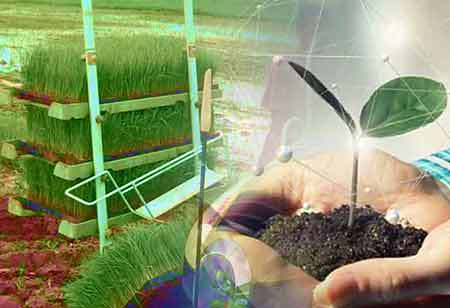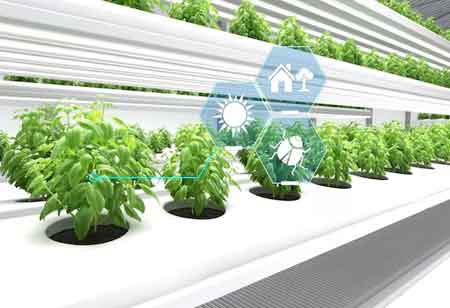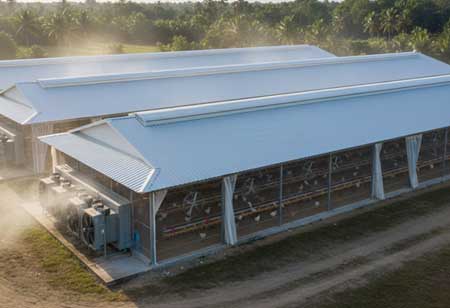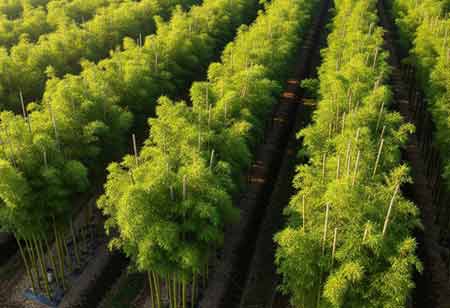Thank you for Subscribing to Agri Business Review Weekly Brief
Key Challenges Facing the Global Agtech Industry
Since farming was first recorded more than 12,000 years ago, the global agriculture industry is possibly facing its greatest crisis.

By
Agri Business Review | Friday, June 17, 2022
Stay ahead of the industry with exclusive feature stories on the top companies, expert insights and the latest news delivered straight to your inbox. Subscribe today.
Agtech is the driving force behind the fourth agricultural revolution, which follows the first three agricultural revolutions of planting and sustaining, mechanization, and biotech.
FREMONT, CA: Since farming was first recorded more than 12,000 years ago, the global agriculture industry is possibly facing its greatest crisis. With the world's population quickly increasing and most of the population still undernourished, our farmers have a pressing need to improve food, fuel, and fiber production. Fortunately, the international agricultural technology sector, known as agtech or agritech, is bridging the gap between farmers' skills and consumer demands. Agtech is the driving force behind the fourth agricultural revolution, which follows the first three agricultural revolutions of planting and sustaining, mechanization, and biotech.
The demand for food is increasing
Agriculture models will need to be overhauled entirely to satisfy the demands of feeding our people today and tomorrow. New technologies and techniques that increase yield efficiency from a wider range of items help ensure a steady fresh food supply. Food deserts must be addressed as part of this challenge, which will necessitate the adoption of indoor or vertical agriculture, which will involve using the most up-to-date lighting, inputs, and environmental controls. Furthermore, spreading agricultural best practices to emerging countries is critical for moving people from subsistence farming to providing a surplus that can feed those in their immediate vicinity.
The demand for energy is rising
Consumers are increasingly looking for more sustainable sources of fuel. The worldwide biofuels markets are trying to meet the demands of the people. While global transport biofuel production fell last year due to the COVID-19 pandemic, ethanol, biodiesel, and hydrotreated vegetable oil (HVO) production are likely to rebound quickly. New technologies will be necessary to sustain this predicted demand growth, and the food-fuel balance is maintained.
Ensure that agriculture is preserved for future generations
Since the dawn of time, human life has revolved around the use of agricultural products. For generations, farming has been a key employer and the backbone of communities worldwide. Consumer demand is being met because of advanced technologies, automation, and enhanced mechanization. However, it is critical to focus on the significant socio-economic benefits of farming to families and communities as part of the drive toward broader technology adoption.
Challenges in the supply chain
The COVID-19 pandemic highlighted the issues that the food supply system faces and the need for domestic and local production. As more countries face severe food insecurity, digital technologies such as artificial intelligence (AI) can simplify the supply chain, preserve value for producers, and meet consumer demand.





